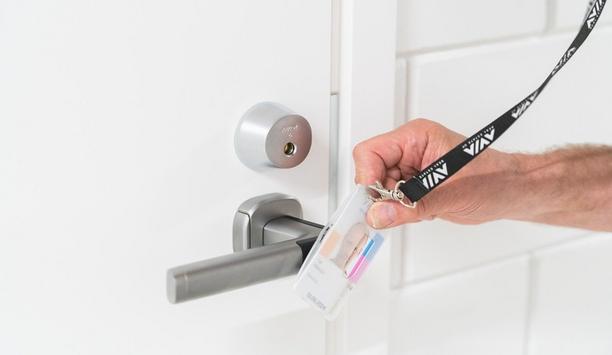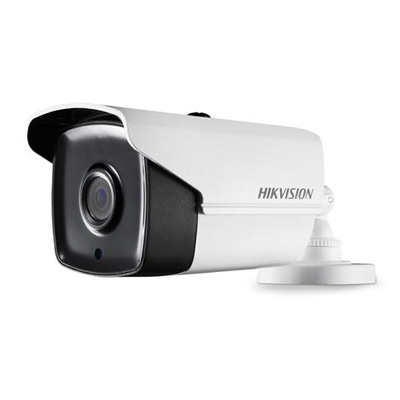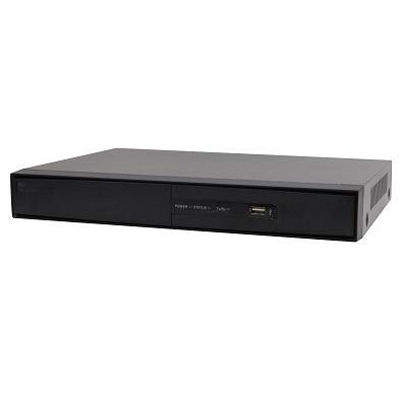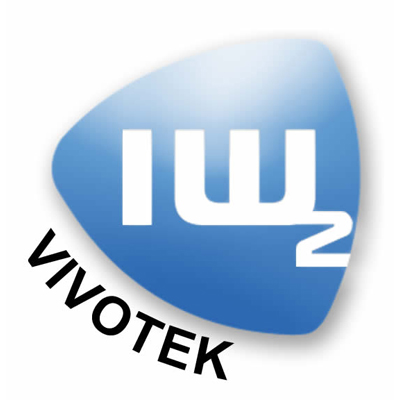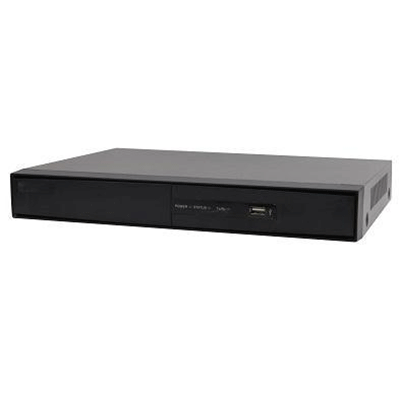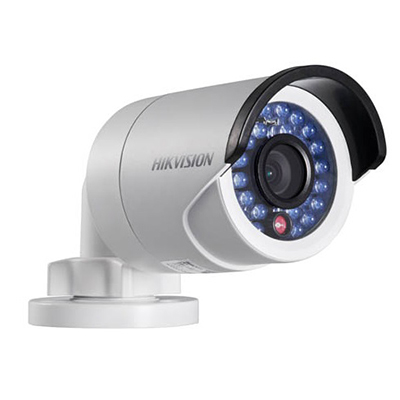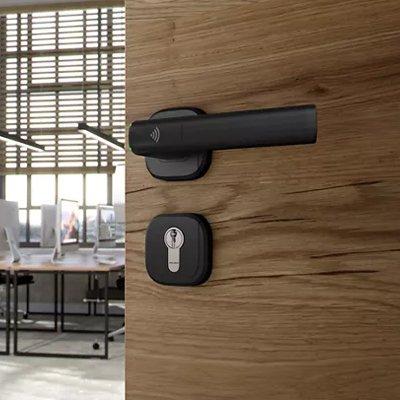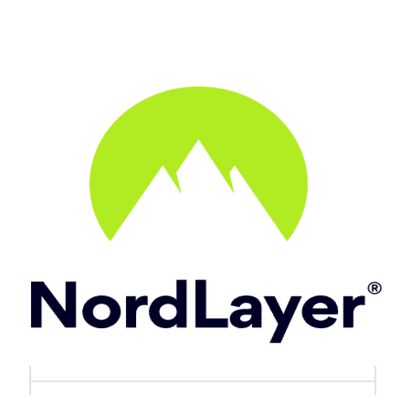ASSA ABLOY UK is transforming access control with the launch of Shine, a digital lock specifically designed for commercial glass doors.
Developed in line with customer demand for keyfree solutions, Shine provides an access control solution for internal glass doors, without the issue of having to drill to allow the locking mechanism to pass through. Shine provides a convenient locking solution for the commercial sector, suitable for use in office blocks and retail premises
The new digital lock is ideal for refurbishment and maintenance contracts, saving installation time and cost on site during renewal programmes. Similarly, OEMs can benefit from reduced production time and the ability to attach the lock to a variety of glass types.
Shine’s attractive touch pad allows users to gain access with a personalized 4 to 12 digit PIN code or RF card key for convenience.
Fully reprogrammable, users can also set up to 20 different codes for separate visitors; this is ideal for providing ease of access to multiple staff. Codes can be quickly and easily changed with use of an administrative code PIN, preventing access to a PIN holder group at any time, without having to inform other users or redistribute keys.
Shines’ Magic Mirror function is modern, sleek and aesthetically pleasing, keeping it in line with the design of modern buildings. The keypad numbers illuminate as soon as a user touches the digital door lock, increasing its contemporary feel. The mirror is also practical, allowing users to check behind them when entering the code, which can be useful in high traffic areas. Shine also allows users to enter fake numbers before or after entering the PIN code, in order to prevent it from being exposed.
Andy Stolworthy, Product Manager for ASSA ABLOY Security Solutions, says:
“ASSA ABLOY’s launch of Shine is an example of the continued investment in innovative locking solutions to meet the demands of the market. There is a growing trend for digital locking systems, as the UK becomes more aware and comfortable with the technology, by launching Shine for our OEM customers we are better able to service this demand."
“The real benefit of the Shine digital door lock is the ease of installation and versatility - as the door does not have to be drilled in order to attach the unit to the door, it lends itself to RMI projects. Using a clip type bracket with a very strong double-sided tape, Shine can be simply attached to glass doors of 10-12 mm in thickness, as there’s no need for complicated hardwiring or electrical support."
"Shine makes digital locking technology accessible and convenient for a wider range of project and installation types.”
A remote control version is also available, which uses the latest wireless floating ID technology to activate the lock within a 50m range.
For added peace of mind, the unit has a low battery audible warning, but should the power fail a 9v emergency battery can be used, which supplies enough energy for the PIN code or remote fob to be used, this back up option is concealed within the handle.







